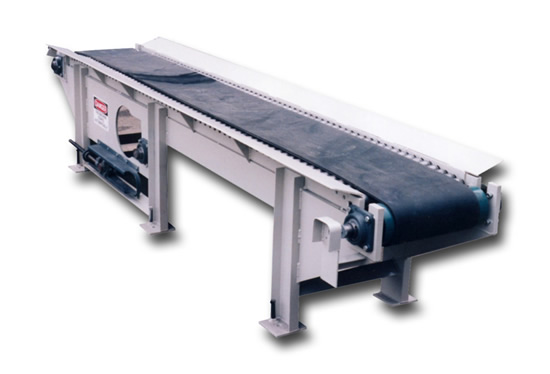Just like lifts in public buildings, those in factories also experience a lot of wear and tear every day, and just as public lifts require a lot of cleaning in order to maintain hygiene standards, so do those in a factory. In fact lifts in factories probably require more cleaning than public lifts – especially if the factory deals with food.
In a public lift, the use of stainless steel is a design feature, in a factory it is used because of the fact that it’s easy to clean. In a factory, the cleaning process is much more than wiping the sides of the elevator, again, this is especially so if the factory deals with food. Daily wear and tear of the machines means that every now and again, the machines may require some additional maintenance – although this is not essential. This kind of maintenance includes things such as removing scratches from the stainless steel walls and doing this is not an easy project.

No scratches are easy to remove, but light scratches can be transformed with a bit of elbow grease and polish; deeper scratches however, may need a little more treatment. Here are a few steps to go through should you encounter scratches on your stainless steel walls.
1. Stop the lift; this is to make sure that it will not be used during the cleaning process so that nothing on the production line can become contaminated with the cleaning products. If it is essential for this lift to be working then you should try to clean it after closing hours.
2. Make sure you wear gloves when cleaning; this prevents the skin from becoming irritated.
3. Use an all-purpose cleaner to wipe down the stainless steel surface before you begin. This will clean the surface and remove any other residue that has made its way there through the day.
4. You should then wipe the same area with a dry cloth in order to remove any remaining liquid. It is essential that you use a soft cloth as opposed to a brillo pad or any other cleaning pad that contains metal, as these will cause more scratches.
5. Use a small amount of stainless steel polish and rub any scratches in the same direction as the grain. If you find it hard to identify the direction of the grain then use a torch as this will present the texture of the material much more clearly.
6. After this process, if the scratch has been reduced and you are satisfied then you should buff the area to make it shine. If the scratch still appears to be deep then you could consider sanding the area or enlisting the help of a professional.
7. If you choose to sand the scratch then you should sand in the direction of the grain; after sanding you should again, polish the same area with a stainless steel polish.
8. After sanding, inspect the scratch once more, this should have done the job, however, if the scratch is still obvious and deep then you may wish to consider asking a professional to sort it out for you, it may even require a replacement wall.
This article was written by factory worker John Barks; he takes special pride in removing any scratches that find their way on to the stainless steel belt conveyor.

